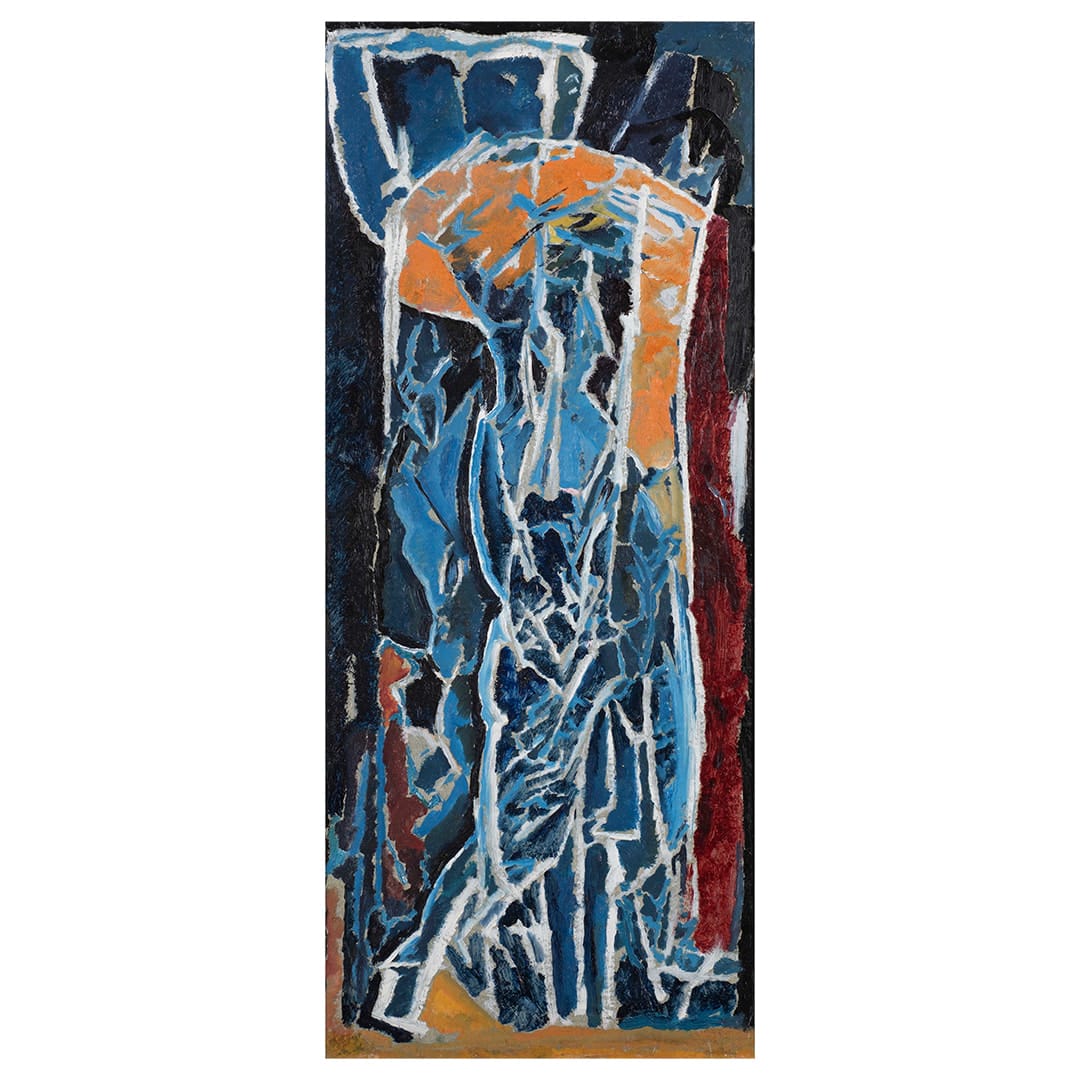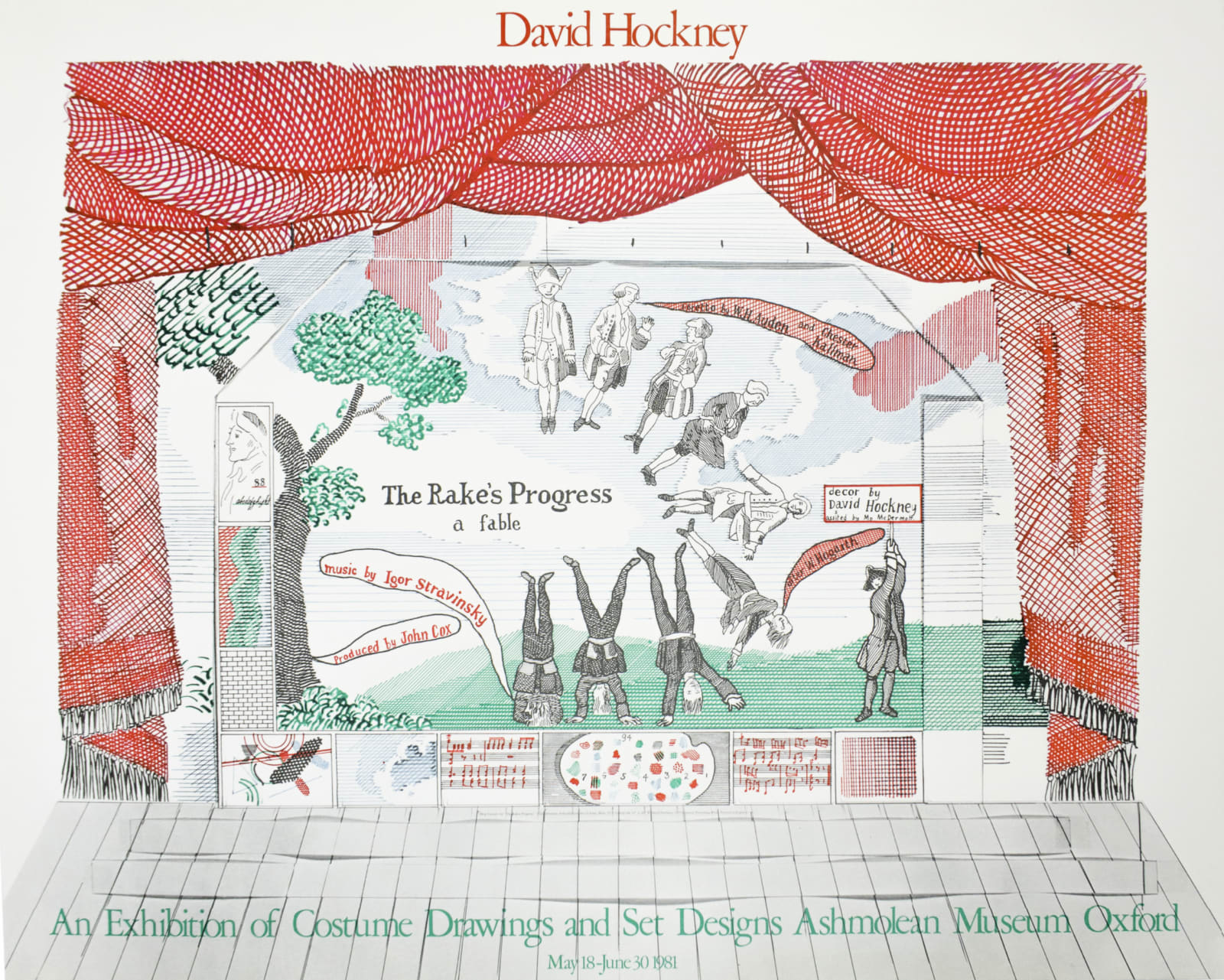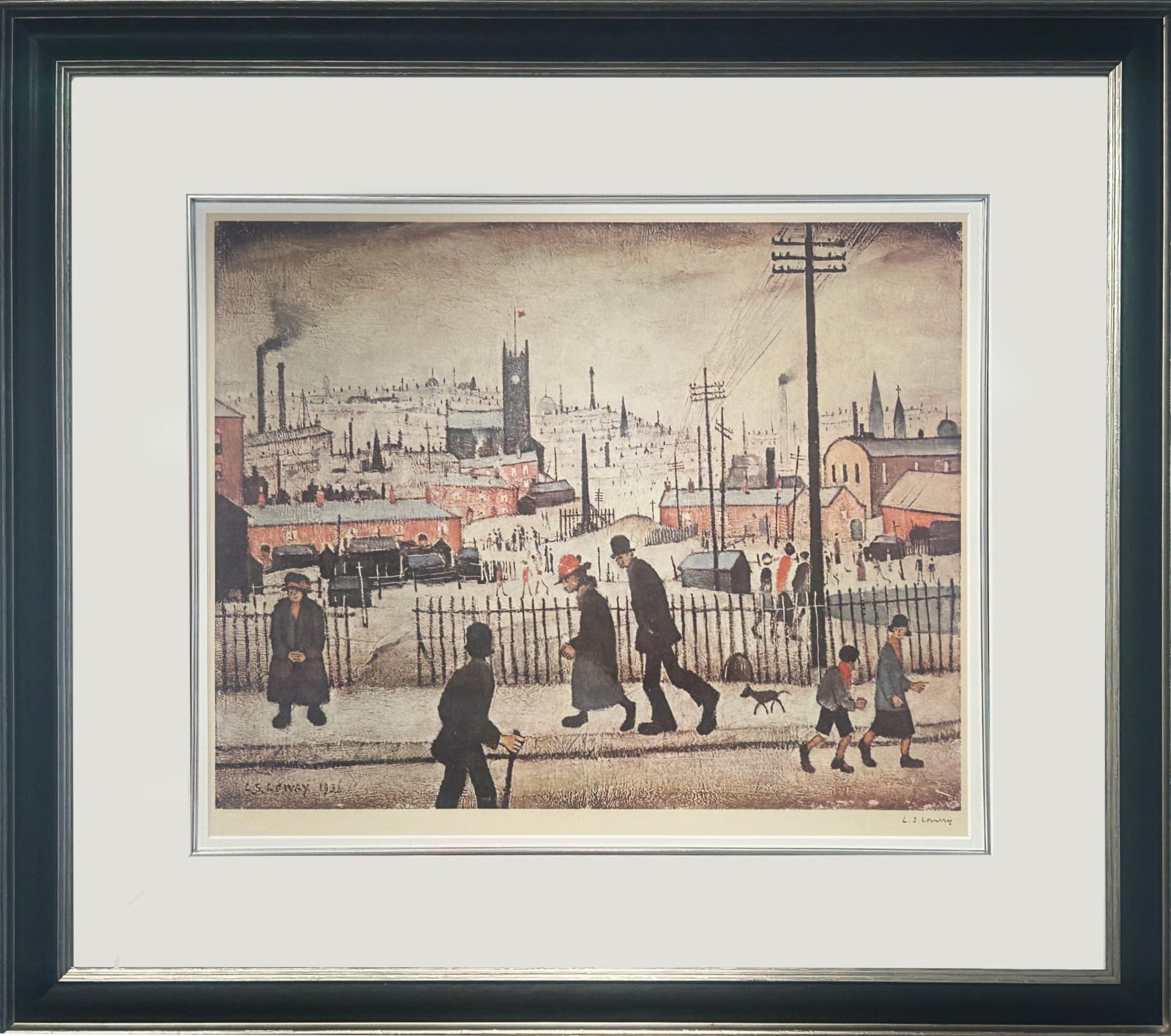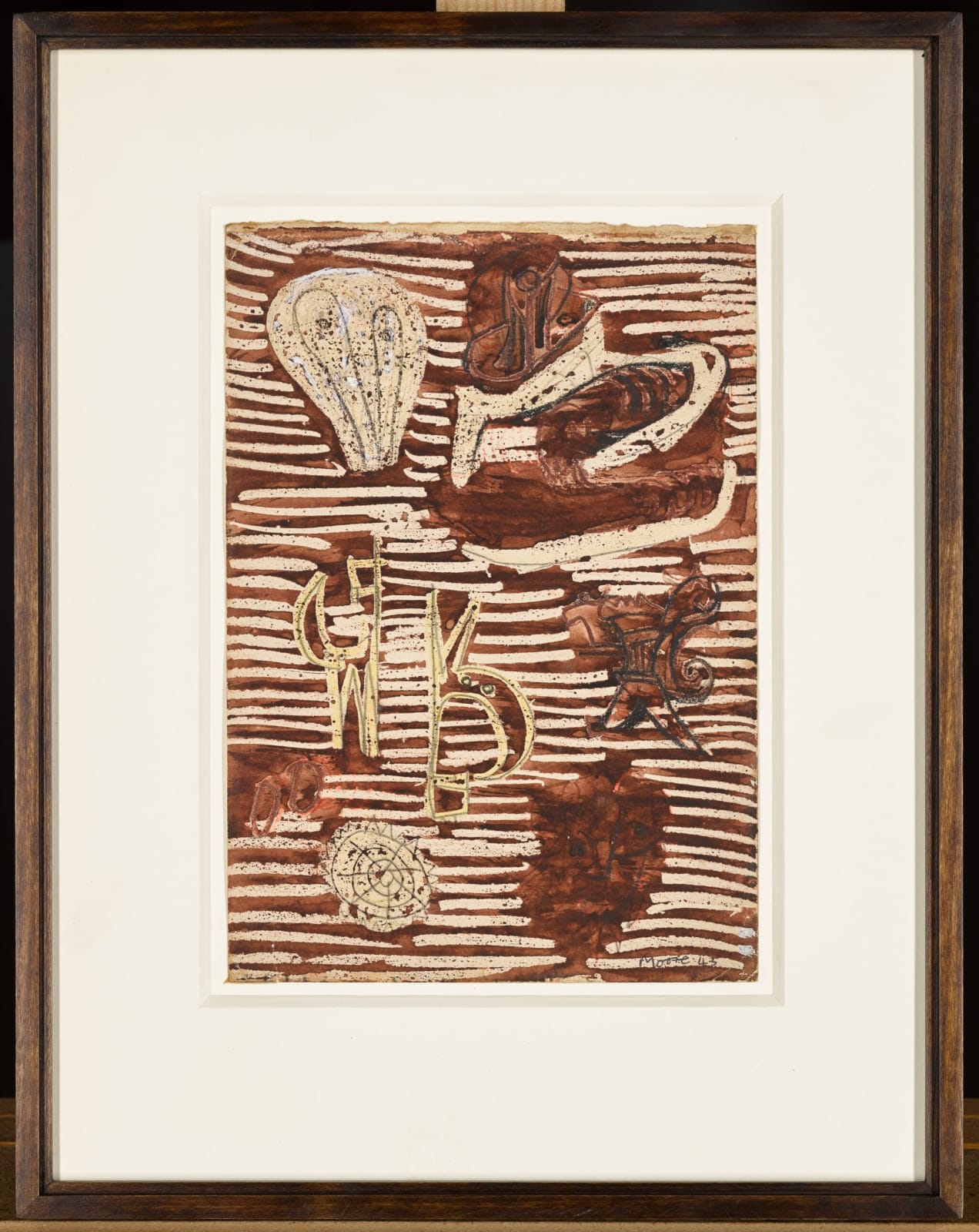There’s something about modern British art that holds its ground – not with fanfare, but with quiet, lasting impact. From gritty industrial scenes to the bold abstraction that reshaped post-war Europe, 20th-century British painters weren’t just responding to the world around them – they were redefining how we see it. This guide brings together some of the most influential names in Britain’s modern art history. Some you’ll know. Others, perhaps not yet. But each artist featured here continues to resonate with collectors and curators alike.
Whether you’re refining a collection or exploring how to buy British art with both emotional and cultural weight, choosing the right artists matters. These aren’t just familiar names – they’re creators whose work continues to carry relevance and value.
We’ve designed this as a lasting resource – one that explores significant figures in British painting and sculpture, while offering direct access to artworks and biographies through Contemporary Six. From Elisabeth Frink’s figurative bronzes to Patrick Heron’s vibrant abstractions, you’ll find insight, context, and opportunity throughout.
David Bomberg

David Bomberg isn’t always the first name collectors mention – and that’s part of his intrigue. Beginning on the edge of the Vorticist movement in the early 1900s, Bomberg’s art quickly evolved from fragmented urban dynamism into something far more intuitive: expressive, thick-brushed landscapes that came to define his post-war work. That transformation, radical for its time, makes him one of the more complex 20th-century British painters to follow – and one of the most rewarding.
There’s a raw honesty to Bomberg’s mature pieces. Whether painting ravines in Palestine or cliff edges in Spain, his brushwork carries the weight of the landscape itself. This grounded, physical quality continues to resonate with today’s collectors, particularly those considering art from a long-term investment perspective.
Although institutions have gradually restored his critical reputation, Bomberg’s market still offers opportunities for discovery. That alone makes him a compelling figure for collectors seeking value and depth.
You can view available artworks by David Bomberg at Contemporary Six, where his evolution is reflected in carefully chosen pieces.
Elisabeth Frink

There’s a toughness to Elisabeth Frink’s work that’s hard to ignore. At first glance, her sculptures appear stark, coarse surfaces, rigid forms – but stay with them, and something more emotional begins to emerge. Her figures often seem suspended between strength and vulnerability, especially the lone men and winged creatures she revisited throughout her career. For any collector seriously engaging with modern British artists, Frink holds a significant place.
Her contribution to British sculpture is hard to overstate. While others moved toward abstraction, Frink remained committed to the figurative, using form and texture to explore power, violence, and the fragility of the human condition. That clarity of intent gives her bronzes an immediate accessibility, even as they carry deep conceptual weight – a key reason they remain staples in major collections.
For those looking beyond painting, Frink offers a compelling mix of physicality and psychological resonance. She is not only one of the most respected names in British sculpture, but also a strong consideration for collectors, balancing personal interest with investment potential.
Learn more about her artistic legacy in the Elisabeth Frink biography available through Contemporary Six.
Arthur Delaney

Arthur Delaney painted the past, but his appeal hasn’t aged. His work leans into collective memory – trams, chimneys, gas lamps, and rain-slicked pavements – yet avoids overt sentimentality. Instead, his scenes feel steady and familiar, quietly observant rather than nostalgic. That subtlety sets him apart among 20th-century British painters who remained grounded in working-class life.
Born in Manchester and trained as a textile designer, Delaney had a keen eye for pattern and form. But it was the influence of L.S. Lowry – stylistically and thematically – that shaped his view of the urban landscape. Even so, Delaney’s voice was distinct: his palette softer, his mood more lyrical, bringing a gentler energy to scenes of everyday city life.
Delaney’s following has only grown over the years, particularly in the North. For those interested in art that’s recognisable, rooted in place, and emotionally accessible, his work holds strong appeal. It also offers an approachable entry point for collectors, both in price and in personal connection.
Explore artworks by Arthur Delaney through Contemporary Six to see how his visual storytelling continues to resonate.
Mary Fedden

Mary Fedden’s work carries a quiet assurance that makes it instantly recognisable – and, for many, enduringly collectable. Her still lifes and simple interiors, often filled with birds, fruit, or seaside motifs, may appear decorative at first glance. But beneath the softness lies a strong compositional sense and emotional restraint. That balance gives her paintings lasting appeal across generations.
Her palette leans gentle – peaches, greys, ochres – while her forms remain bold and deliberate. Having taught at the Royal College of Art and shared a studio with her husband, Julian Trevelyan, Fedden brought clarity and calm to a British art scene often shaped by louder voices. That quiet confidence has helped secure her place in modern art history.
For collectors, Fedden’s work offers something deeply personal and reflective – pieces that invite rather than demand attention. Her paintings carry both emotional richness and historical significance, making them a compelling choice for those seeking depth and longevity in a collection.
Explore art by Mary Fedden now through Contemporary Six, where selected works are available.
Josef Herman

Josef Herman didn’t paint celebrities or grand occasions. He painted miners. Fishermen. Farm workers. Ordinary people doing ordinary work. That choice, straightforward on the surface, set him apart from many other 20th-century British painters, especially as abstraction gained prominence. His art placed humanity first, style second, resulting in work that feels both emotionally immediate and quietly radical.
Arriving in Britain as a Polish-Jewish refugee in the 1940s, Herman settled in the Welsh mining town of Ystradgynlais, where he lived and worked for over a decade. That chapter of his life shaped his practice profoundly. With their heavy limbs and grounded presence, his figures carry the weight of labour with dignity and calm. While his style evolved, that respect for working life remained constant.
Herman appeals to collectors seeking artworks grounded in social history and lived experience. His paintings hold a quiet strength – more about presence than performance – making them particularly resonant for those seeking meaningful, long-term additions to a collection.
View artwork by Josef Herman through Contemporary Six to explore how his depictions of labour remain relevant and deeply human.
Patrick Heron

Patrick Heron didn’t just use colour – he immersed himself in it. His canvases pulse with energy, built from irregular, flat shapes in bold hues that float, press, or collide. Unlike many of his contemporaries, Heron treated colour not as a tool to describe form, but as the subject in its own right. This approach gives his paintings a distinctive rhythm, where each element contributes to a carefully orchestrated whole.
Working in St Ives, Heron drew influence from both European abstraction and the clarity of Cornish light. While others held onto narrative or landscape, he stripped these away, moving toward pure abstraction from the 1950s onwards. His work became increasingly bold yet precise – a balance that continues to resonate with collectors today.
Heron’s reputation as a key figure in British modernism is long established. Yet even now, discerning collectors can find pieces that offer strong aesthetic and long-term value, particularly for those seeking vibrant, emotionally resonant work.
Discover works by Patrick Heron at Contemporary Six, where selected pieces highlight his enduring visual language.
David Hockney

David Hockney hardly needs an introduction, but even with global recognition, there remains something distinctly British about the way he observes the world. Whether painting a Yorkshire landscape, a Los Angeles swimming pool, or a quiet domestic interior, Hockney captures space and human connection with immediacy and wit. His versatility across mediums – from oils and photocollages to iPad drawings – has secured his place as one of the most influential modern British artists.
Collectors are drawn to Hockney’s constant reinvention. He doesn’t chase trends; he redefines them. His use of colour is bolder than most, his compositions are crisp, and his perspective is refreshingly unconventional. It’s this blend of originality and mastery that makes his work a cornerstone in many serious collections.
For those seeking art that balances cultural significance with personal resonance, Hockney remains a leading figure. While his works often command high prices, their demand and market stability reflect enduring value, rare for a living artist.
Explore David Hockney artworks at Contemporary Six to experience the range and brilliance of his work.
L.S. Lowry

Few artists are as instantly recognisable – or as widely collected – as L.S. Lowry. His matchstick figures, stark cityscapes, and industrial backdrops have become visual shorthand for the post-industrial North. But to think of Lowry only as ‘the painter of mills’ is to overlook the emotional undercurrent in his work. His streets may appear sparse, but they pulse with a quiet rhythm – not easily explained, but deeply felt.
While many of his contemporaries turned away from realism, Lowry stayed with it, though always on his own terms. He didn’t romanticise what he saw, yet his work is far from bleak. There’s a reserved compassion in the way he depicted daily life – ordinary people navigating grey towns beneath smoke-filled skies. It’s this ability to capture both place and feeling that keeps his work so resonant.
Lowry’s popularity has remained steady for decades. His paintings rank among the most iconic in British art, making them a compelling option for collectors looking to align cultural weight with lasting value.
Browse artwork by L.S. Lowry at Contemporary Six – a curated selection that reflects his singular vision and enduring appeal.
Henry Moore

Henry Moore’s sculpture transformed the way British art occupies public space. His monumental bronzes – often reclining, semi-abstract forms – weren’t just made to be viewed, but experienced. Placed in landscapes, courtyards, and open spaces, his work invited interaction, scale, and reflection. That physical presence helped establish British modernist sculpture on the international stage.
Moore’s forms are deliberately ambiguous: part human, part geological, part architectural. Yet they’re always rooted in nature. Influenced by bones, rocks, and ancient artefacts, his shapes feel both timeless and distinctly his. Few artists have reshaped the relationship between art, the body, and the environment as profoundly as Moore.
From a collector’s perspective, Moore offers a rare balance of cultural significance and investment strength. While his large-scale works are housed in major institutions, his drawings, maquettes, and smaller sculptures provide accessible entry points for serious buyers seeking museum-calibre artists with proven longevity.
Explore artwork by Henry Moore through Contemporary Six, where selected pieces reflect his enduring influence and refined form.
Keith Vaughan

Keith Vaughan’s work carries a quiet intensity – not because it demands attention, but because it holds emotional and psychological weight. His paintings, often depicting male figures in abstracted landscapes, seem suspended between classical form and modern tension. That ambiguity – visual and personal – places Vaughan among the most introspective voices in mid-20th-century British art.
A self-taught and deeply introspective figure, Vaughan often found himself at odds with the art establishment. His diaries, published posthumously, reveal the depth of his inner world, particularly around identity and sexuality, and cast new light on the solitude and searching that permeate his work.
Collectors are increasingly drawn to Vaughan for this very reason. His paintings offer something raw, reflective, and profoundly human. More than historical artefacts, they speak directly to experience, and few artists balance emotional complexity with painterly skill so convincingly.
Explore Keith Vaughan artworks through Contemporary Six to discover pieces that reflect his singular vision and legacy.
So much of collecting comes down to knowing where to look – and just as importantly, who to trust. This modern British artist guide isn’t just about listing names, it’s about offering a steady reference point for anyone interested in building or refining a meaningful collection. From expressive painters like Bomberg and Vaughan to sculptors such as Frink and Moore, each artist here has left a distinct mark – not only on British art, but on those who collect it.
If you’re wondering where to buy British art that balances legacy with long-term appeal, Contemporary Six remains one of the few galleries offering direct access to many of these figures.
Whether you’re browsing out of curiosity or reviewing your next acquisition, this Contemporary Six artist guide is here to support every step.









